Paint damage to your beloved car, whether caused by discoloration, discoloration or scratches, can be frustrating. Knowing how to remove paint from your car is crucial to preserving its appearance and value. Using tools and techniques, you can restore your car’s paint job to its former glory. In this beginner’s guide, we’ll walk you through the process of safely and effectively removing unwanted paint from your vehicle by discussing various techniques and measures to keep your vehicle in pristine condition.

Key Highlights
- Unwanted paint on your car can be frustrating, but there are proven strategies and a step-by-step guide to help you remove it.
- The easiest ways to remove paint from your car include using soap and water, paint or lacquer thinner, WD-40, Vaseline, or a pressure washer.
- Essential tools and materials for paint removal include safety goggles, a respirator mask, coveralls protective gloves, a bucket, and a microfiber towel.
- Assessing the severity of the paint damage and gathering the right tools are crucial before starting the paint removal process.
- Step-by-step guide: cleaning the affected area, applying paint remover, gently scrubbing the paint off, rinsing and drying the area, and applying wax for protection.
- Alternative methods for tough paint removal include using a clay bar or lacquer thinner.
Understanding Paint Damage on Cars
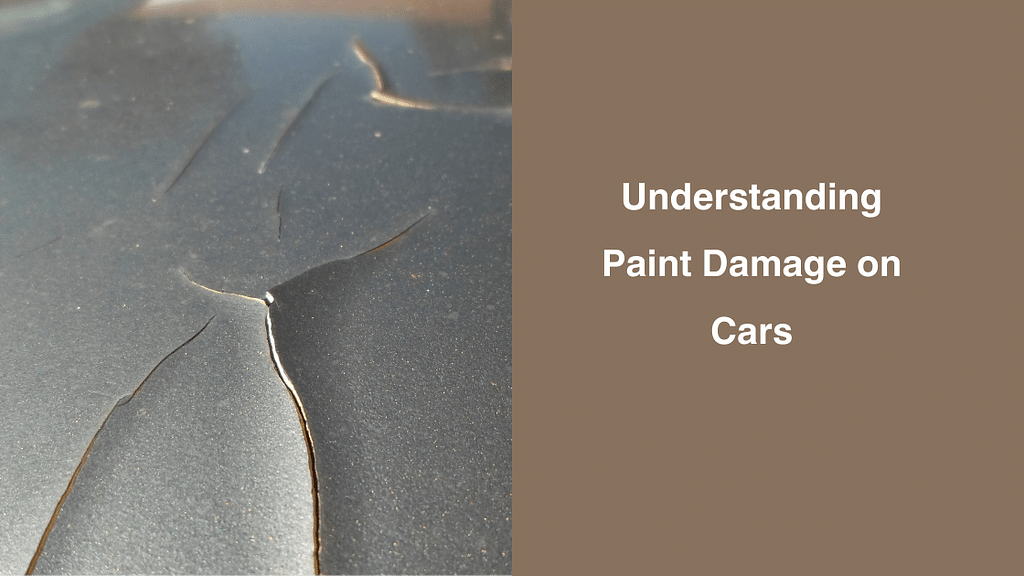
Paint damage on your car can occur in many ways, including scratches, chips, or clear coat fading. These issues can be caused by factors such as discoloration, oxidation, or exposure to harsh elements. It’s important to understand the type and severity of the damage before you begin the cleaning process. Assessing whether it’s a minor scratch or a deeper issue that requires professional attention will tell you how to restore your car’s paint to its former glory.
Types of Paint Damage
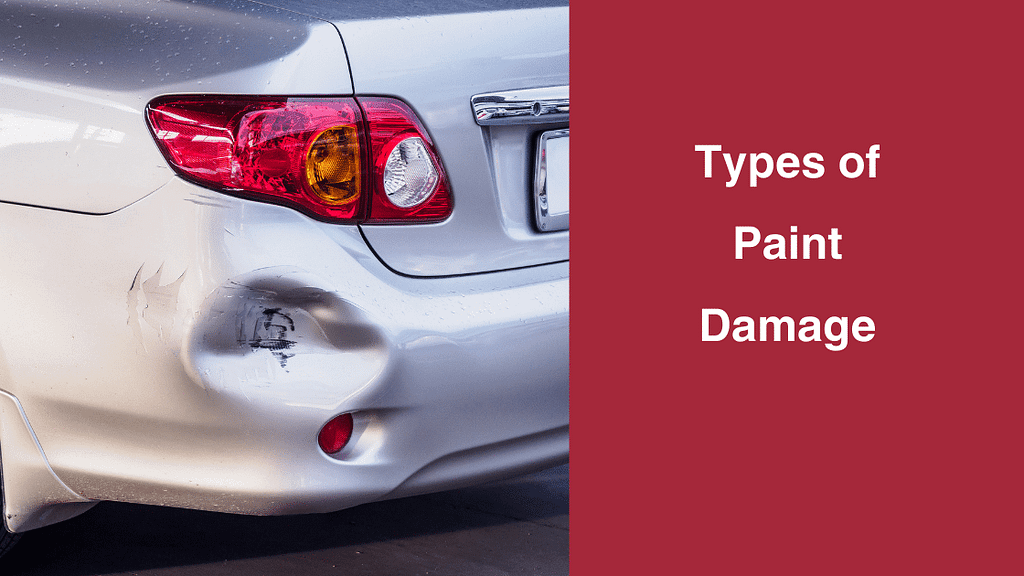
There are many types of car paint damage that can hinder removal. Common problems include removing coating scratches, paint chips, discoloration, and more. Varnish scratches affect the top protection layer, while paint scratches are surface marks. Color change occurs while the foreign paint is still on your vehicle. Understanding these differences is crucial to successful removal. By identifying the characteristics of the damaged paint, you can solve the problem better by using appropriate methods and products.
Assessing the Severity of Paint Damage

Assessing the severity of paint damage requires careful inspection of affected areas for issues such as peeling varnish, deep scratches, or discoloration. Check for signs of rust, which could indicate a larger problem. Stubborn stains that are difficult to clean easily indicate the need for a more thorough cleaning method. Damage may also vary depending on the type of paint involved (paint, house paint, or automotive paint). Don’t forget to measure the affected area before doing the color removal.
Preparing to Remove Paint from Your Car
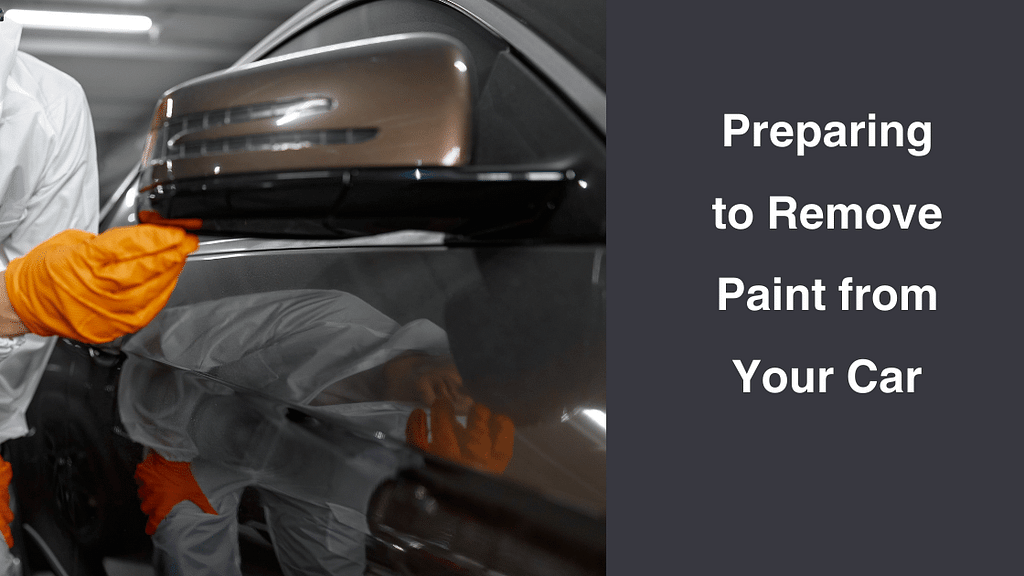
To prepare for removing paint from your car, gather necessary tools like clay, mix, and microfiber towels from your store. Create a suitable working environment and provide good lighting and ventilation. Leave the product to avoid damaging the vehicle’s bodywork. Before starting the paint removal process, prepare your washing machine for the first cleaning and wipe the affected area with a damp cloth.
Read More How to Fix Tire Bubble
Essential Tools and Materials
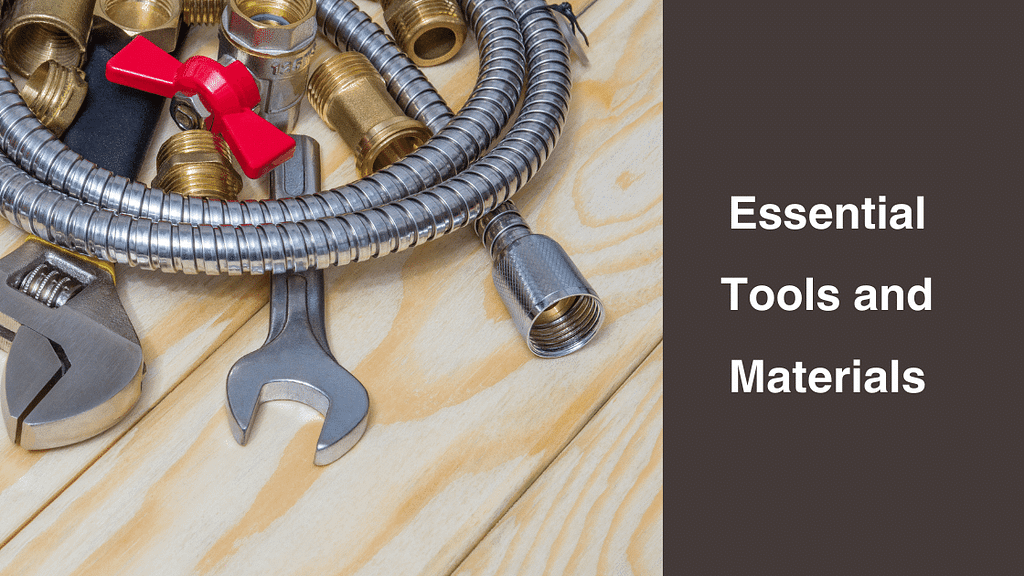
Start by gathering the right tools and materials to solve your car paint removal problems for good. You’ll need a quality paintbrush, microfiber towel, brush, and clay to remove stubborn paint. This way you won’t be ready for the final polishing step. Also, make sure you have a spray bottle for thinner paint, quality polish for protection, and different types of sandpaper for any necessary sanding. Having the right tools will make the paint removal process smoother and more efficient.
Setting Up Your Workspace
Make sure your work area is well ventilated and clean. Gather your tools: microfiber towel, polish, and paint remover. Install a curtain to protect the perimeter. Park your vehicle within easy reach of the affected area. There is good lighting to see clearly. Arrange your supplies so they are easily accessible during paint removal. Carefully preparing your work area will make paint removal more efficient and effective. Keep safety in mind and wear protective clothing when you begin this DIY project.
Read More Fix a Deep Scratch on a Car
Step-by-Step Guide to Removing Paint
Step 1: Clean the affected area using soapy water and a soft microfiber cloth and make sure there is no residue. Step 2: Use a paint stripper designed to match your car’s color scheme. Step 3: Using a microfiber towel, gently scrub the affected area in circular motions to remove unwanted color. Step 4: Rinse the area thoroughly with water and dry with a clean, dry cloth. Step 5: Use topcoat to protect the surface to ensure the integrity of the paint job.
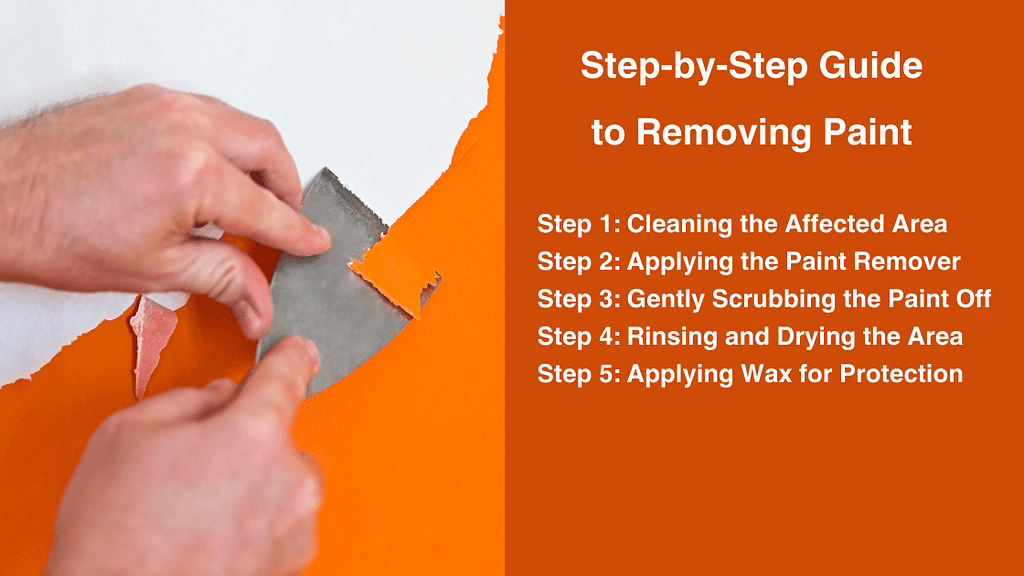
Step 1: Cleaning the Affected Area
Using a mild soap solution, soak a microfiber cloth and gently clean the affected area. Make sure any dirt or debris is removed before it causes further damage to the vehicle’s paint. If you have a washing machine, it can help with this step, but a damp cloth will also work. By cleaning the affected area, you can prepare it for the next step of the paint removal process. Be careful not to draw or paint unnecessarily.
Step 2: Applying the Paint Remover
Use a microfiber cloth or rug to gently apply your dye to the affected area. Be careful not to oversaturate. Follow the instructions on the product and let the cleanser sit for the recommended time to remove unwanted color. This step is important to loosen the paint layer and make the removal process more efficient and effective. Be careful not to leave the remover on for too long to avoid damaging the underlying paint.
Step 3: Gently Scrubbing the Paint Off
Remember to work in small sections when using a microfiber towel or cloth to gently wipe away the paint. By doing this, you can prevent damage to your vehicle’s paint and complete the removal process. Remember to press gently in a circular motion to avoid scratching the clear coat. This method effectively removes unwanted paint without causing further damage to the vehicle’s exterior.
Step 4: Rinsing and Drying the Area
After gently wiping off the paint, the area should be thoroughly rinsed and dried. Use a damp cloth or washing machine to remove residue from the affected area. Make sure all paint strippers and paint are completely removed. After this, use a clean microfiber towel to dry the area to avoid water or streaks. Drying is important before moving on to the next step to ensure a smooth and clean surface for final protective application.
Step 5: Applying Wax for Protection
After removing the unwanted paint from your car, the final step is to apply an anti-bacterial agent. This not only adds shine but also prevents future damage. Choose the right wax to match the color of your car. Apply the wax in circular motions using a clean microfiber cloth. Let it dry overnight, then wipe it off with another clean cloth. Regular polishing will help maintain the quality of your car’s color and protect it from environmental pollution.
Alternative Methods for Tough Paint Removal
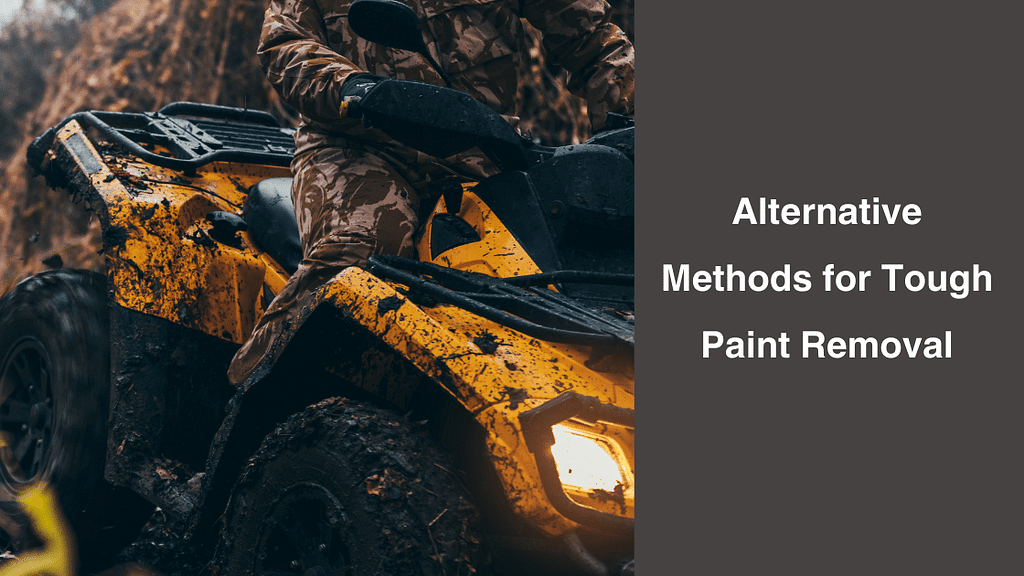
Use clay sparingly to remove stubborn stains and residue that removal cannot remove. If the paint is long-lasting, consider a solution. These options are available at auto shops and can provide products specifically designed for stubborn skin problems. Get help when dealing with difficult discoloration problems that common solutions like composites or paint can’t completely solve. When paint is difficult to remove, check out these options to find a better way.
Using a Clay Bar for Stubborn Residues
- When dealing with stubborn paint stains, a clay bar can be a game-changer. A clay bar is a soft, malleable substance that is designed to pick up contaminants from the surface of your car’s paint. It works by gently pulling the paint particles away from the surface, leaving behind a smooth and clean finish.
- To use a clay bar, first wet the affected area with mild car wash soap and water. Then, knead the clay bar to soften it and gently rub it back and forth over the paint stains. Use light pressure and keep the surface lubricated with the soapy water to prevent scratching the paint. As you work, you’ll notice the clay bar picking up the paint particles. If necessary, you can fold and reshape the clay bar to expose a clean surface.
- After using the clay bar, rinse the area with water to remove any residue. Dry the surface with a microfiber towel to reveal a clean and smooth finish. Applying a protective wax or sealant afterwards can help maintain the cleanliness and shine of your car’s paint.
Professional Solutions: When to Seek Help
- While DIY methods can be effective in many cases, there are times when professional solutions may be necessary. If the paint damage is extensive or if you are not confident in your ability to safely remove the paint without damaging the car’s body, seeking professional help is recommended.
- Professional auto body shops have the expertise and specialized equipment to safely remove paint from your car. They can assess the extent of the damage and provide tailored solutions to restore your car’s paint job. In some cases, they may recommend repainting the affected area to ensure a seamless finish.
- When choosing a professional auto body shop, look for reputable establishments with experience in paint removal. Ask for recommendations from friends or family, and read online reviews to ensure you are entrusting your car to a reliable and skilled professional.
Preventing Future Paint Damage
Preventing future paint damage is crucial to maintaining the appearance and value of your car. Regular maintenance and the use of protective coatings can help preserve your car’s paint job for years to come.
- Regularly wash your car to remove dirt, dust, and other contaminants that can damage the paint. Use a gentle car wash soap and a soft microfiber cloth or sponge to avoid scratching the surface.
- Apply a protective wax or sealant regularly to create a barrier between the paint and the elements. This helps prevent fading, oxidation, and damage from UV rays and environmental pollutants.
- Consider using a ceramic coating for added protection. Ceramic coatings provide a durable and long-lasting barrier against scratches, stains, and chemical contaminants.
- Park your car in a covered or shaded area whenever possible to protect it from direct sunlight and extreme weather conditions. If parking outdoors, use a car cover to shield your car from dust, debris, and other potential hazards.
Regular Maintenance Tips
Regular maintenance is key to preserving your car’s paint job and preventing future damage. Here are some tips to keep your car looking its best:
- Wash your car regularly using a gentle car wash soap and a soft microfiber cloth or sponge. Avoid using abrasive materials or harsh chemicals that can damage the paint.
- Apply a protective wax or sealant every few months to maintain the shine and provide a barrier against environmental contaminants.
- Polish your car’s paint occasionally to remove minor scratches and restore its luster. Use a non-abrasive polish and a microfiber cloth for best results.
- Avoid using automated car washes with brushes, as they can cause scratches and swirl marks. Instead, opt for touchless or hand wash options.
- Remove any bird droppings, tree sap, or other contaminants as soon as, as they can damage the paint if left untreated.
Protective Coatings and Products
In addition to regular maintenance, there are a variety of protective coatings and products available to further safeguard your car’s paint.
- Ceramic coatings provide a durable and long-lasting protective layer that repels water, dirt, and other contaminants. They can also enhance the gloss and shine of your car’s paint.
- Paint protection films (PPF) offer a physical barrier that shields the paint from scratches, stone chips, and other road hazards. PPF is transparent and can be applied to specific areas or the entire car.
- UV-resistant car covers provide protection from the sun’s harmful rays and prevent fading and oxidation of the paint.
- Use paint sealants or nano-coatings to create a hydrophobic barrier that repels water and makes it easier to clean your car.
- Regularly apply trim and plastic protectants to prevent fading and discoloration of these materials.
Conclusion
As a result, maintaining your car’s color requires careful attention and the use of the right tools. By identifying the damage correctly, preparing the work area, and using the correct paint removal techniques, you can return your vehicle to its original condition. Always consider preventative measures and regular maintenance to prevent future paint damage. When in doubt, asking for help removing stubborn stains is always an option. With the right knowledge and tools, preserving your car’s color can be a DIY gift that will keep your car looking its best for years to come.
Frequently Asked Questions
Can I remove paint from my car without damaging the original paint?
Yes, it is possible to remove paint from a vehicle without damaging the original paint. It can be removed without damaging the paint using simple methods such as soap and water, clay or car paint. To ensure safety, it is important to use a soft microfiber cloth, avoid abrasive materials, and follow proper procedures.
How often should I wax my car to protect the paint?
It is recommended that you wax your car every three to four months to protect the paint. Waxing creates a protective layer that helps prevent damage from UV rays, oxidation and pollution. However, its frequency may vary depending on conditions such as weather, usage and wax type. Turtle Wax is a popular brand that offers a variety of wax products to suit different needs.
What should I do if DIY paint removal doesn’t work?
If DIY paint removal is ineffective at removing stubborn paint, it’s best to seek help. A physical store can provide an expert assessment and recommend the best course of action. They can use special tools and techniques to safely remove paint without harming the body. Car dealerships may also sell products specifically designed to remove paint.




